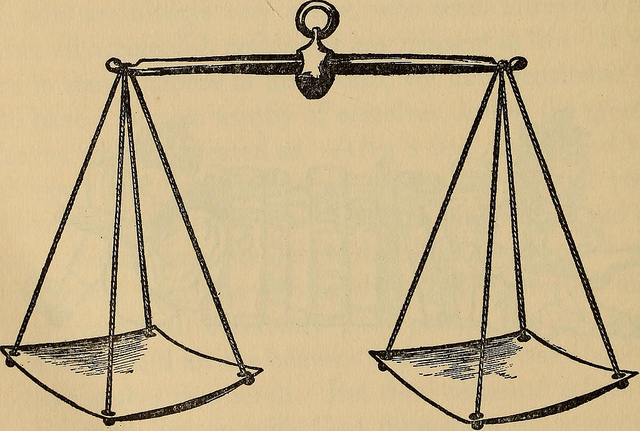how much do game designers make a week
This week while working on my current board game design, a lot of things have come into focus. Now it's time to start tweaking board game rules. This is where board game design often becomes very tricky.
Need help on your board game?
Join my community of over 2,000 game developers, artists, and passionate creators.
With this in mind, let's talk about how exactly you can make board game rules. As I said last week, "rules regulate the way mechanics are implemented. A mechanic is the concept behind the game and the rule is the way that it's handled to ensure balance." Rules are really tricky to do right because you have to serve two purposes: balance the game and communicate clearly.
Rules vs. Rulebooks
Speaking of communicating clearly, let's draw a distinction between rules and rule books. Rules are conditions within the game that constrain the players from immediately achieving their objectives. Rules can be in rule books, on cards or pieces, or on the board itself.
- "You may only move six spaces in a turn." (A movement rule inHighways & Byways)
- "You must draw 5 cards and discard 3 of them." (A rule from a card inWar Co.)
- "The first to reach 20 VP wins." (The win condition inTwilight Struggle)
- "If you get more than 3 cubes on a city, they spill over into the next ones." (A rule from the book inPandemic)
The rule book is a document meant to teach players how to play. It always includes at least some rules but often doesn't include all of them. Many of the rules in a game will come from the board, cards, etc. Rule books teach information as well as intention.
Rule books need to be short, or else outside sources will explain the game for you. They need to include examples and specifics, but they shouldn't go overboard by explaining the finer points of strategy which are better left discovered.
Rule books can be used to prime a player's experience to make sure the player has the most fun possible. They need to be concise, visual, and skim-able. They need to give players enough information to play the game, even if they only halfway read it.

Making Balanced & Clear Rules
You can't have a game without rules. A game without rules is by definition simply free-form play. You can have a game without a rule book – it might just be difficult to play.
With all this said, how does one create rules that fulfill the twin purposes of balancing the game and communicating clearly? I have some guidelines. This is non-exhaustive and it just includes what's on my mind this week.

Playtest a Ton
No amount of planning, cleverly designed trade-offs, Excel spreadsheets, or game design theory will ever replace the need to play your game hundreds of times to make sure the rules work. Sometimes stuff you don't expect work ends up working beautifully, and vice versa.
Consider How Much Challenge You Want Your Game to Have
Rules are the primary way to add constraints (or rather, difficulty) to the game. Think long and hard about how much you want the game to fight back against the players. Make sure your rules are lined up with your intended difficulty. Failure to do this thwarts player expectations, which makes them upset with the game being too easy or too hard.
Consider Where Your Game Falls on the Luck/Skill Spectrum
When it comes to luck vs. skill, there is no ideal way to create a game. There is a sliding scale of luck and skill and you need to choose a place you want your game to fall along that spectrum. Make sure your rules are tonally consistent with your intentions.
Avoid False Choices
If you give a player a choice, make it a tough one. Nothing takes the steam out of game like too many obvious decisions. It makes a player feel powerless, perhaps even like the game is being condescending.When rules force players to make a choice, all choices should come with important pros and cons.

Clearly Point Out Relevant Keywords
Relevant keywords should be capitalized at the least. When you introduce them for the first time, it's a good idea toboldthe words as well. When you make reference tothe color greenor any other color, you should stylize your text to match.
Use Consistent Keywords and Phrasing
Nothing is more confusing than rules which call the same thing by different names. InHighways & Byways, I make reference to tracking pieces called Travel Cubes. I call them Travel Cubes every time I reference them. The words Travel Cubes are always capitalized in the rules – both the rules in the rule book and the rules on the cards.
Use Present Tense, Active Voice, Second Person
Be direct when writing rules. You will directly address the player with succinct imperatives.
If a Rule is Confusing, Drop It
Want to know how to find a troublemaking rule? Look for a rule requires a bunch of tracking or a bunch of caveats. Your game will be played by people who don't know the rules inside and out. It might be played in a loud environment. The more you force your player to remember bizarre little rules, the more you risk being misunderstood.
14 Rules for Board Game Rules
Let's conclude this article by giving you some rules for making rules.
- Rules are how we implement game mechanics.
- The reason we have rules is twofold: balance the game and explain how to play.
- Rules are conditions which prevent players from immediately achieving their objectives.
- The rule book does not just contain rules. It teaches players how to play the game.
- Rule books need to be concise, visual, and skim-able.
- Rule books need to give players enough information to play a game, even if only halfway read.
- Good rules match the intended level of challenge for gamers.
- Good rules match the intended luck/skill balance of your game.
- Avoid false choices!
- Always point out relevant keywords.
- Use keywords consistently.
- Use present tense, active voice, and second person when writing rules.
- If a rule is confusing, drop it.
- Play-testing above all else!
how much do game designers make a week
Source: https://brandonthegamedev.com/how-to-make-board-game-rules-dev-diary-050517/